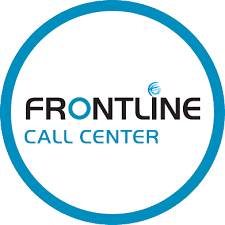IRS Will Use New Resources to Expand Partnership Audit Focus
The IRS on September 8 announced that it will be leveraging funding from the Inflation Reduction Act to take new compliance actions, including actions focused on partnerships and other high-income/high-wealth taxpayers. It intends to use artificial intelligence (AI) and improved technology to identify potential compliance risk areas.
With respect to partnerships, the IRS indicates that it will focus on two key areas:
- Expanding its Large Partnership Compliance program by using AI to identify compliance risks, and
- Increasing use of compliance letters focused on partnerships with balance sheet discrepancies.
Large Partnership Compliance and AI
The IRS began focusing on examinations of the largest and most complex partnership returns through its Large Partnership Compliance pilot program launched in 2021. It now plans to expand the program to additional large partnerships, using AI to select returns for examination. The AI, which has been developed jointly by experts in data science and tax enforcement, uses machine learning technology to identify potential compliance risks in partnership tax and other areas.
The IRS stated that it plans, by the end of this month, to have opened examinations of 75 of the largest partnership in the U.S. in a cross section of industries – including hedge funds, real estate investment partnerships, publicly traded partnerships, and large law firms.
Compliance Letters and Balance Sheet Discrepancies
The IRS has identified ongoing discrepancies in balance sheets of partnerships with over $10 million in assets. The IRS announcement explains that there have been an increasing number of partnership returns in recent years showing discrepancies in balances between the end of one year and the beginning of the next year – many in the millions of dollars, without any required attached statement explaining the discrepancy.
The IRS states that it did not previously have the resources to follow up and engage with large partnerships on these discrepancies. Using its new resources, the IRS plans to approach the issue by mailing out compliance letters to around 500 partnerships starting in early October. Depending on the partnerships’ responses, the IRS might take additional action, including potential examination.
Insights
With the passage of the Bipartisan Budget Act of 2015 (BBA), promulgating new centralized partnership audit rules, there has been an increased focus on partnership compliance. In conjunction, recent reporting updates for Schedule K-1, Schedule K-2, and Schedule K-3 require partnerships to now disclose additional information. This new announcement from the IRS reflects the agency’s continued focus on partnership compliance using a variety of tools, including AI, and further highlights the necessity for consistent and accurate partnership reporting.
With the IRS signaling its areas of focus, taxpayers can proactively enhance their “exam readiness.” Prior to initiation of an exam, taxpayers may wish to consider taking steps such as confirming application of the BBA partnership audit rules across entities within a complex structure, identifying open tax years for entities subject to these rules, assessing completeness of existing tax return workpapers and relevant documentation, and establishing a framework of the exam response process.
Once an audit notice or compliance letter arrives, prepared taxpayers will be ready to implement their exam process. Key to a taxpayer’s exam process will be considering designation of the partnership representative, availability of documentation that the IRS will likely request, familiarity with operating agreements and other transaction documents, and accessibility of qualified advisors to assist in the exam process.



